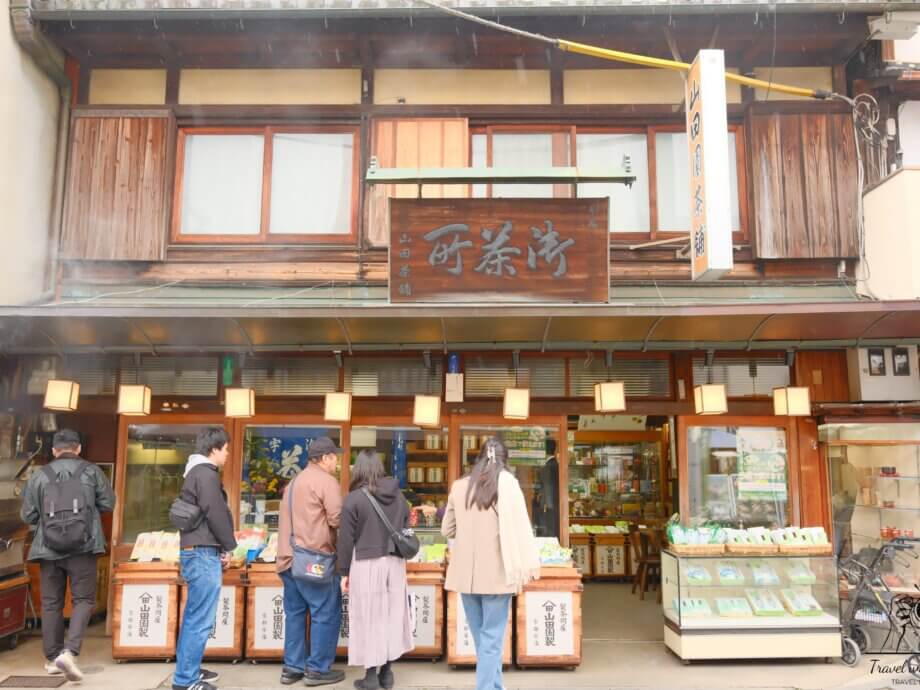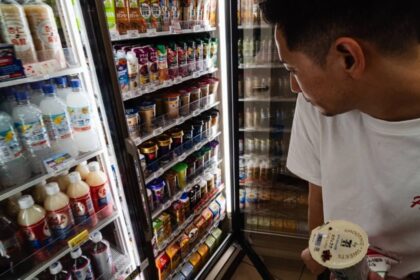Uji’s Matcha Shortage: A Crisis Brewing in Japan’s Tea Heartland
In the historic town of Uji, just south of Kyoto, a daily ritual unfolds with increasing urgency. At 10:00 a.m., the doors of the town’s famed matcha shops swing open, and within minutes, shelves are stripped bare by eager tourists. Uji, long celebrated as Japan’s matcha capital, is now grappling with a dramatic shortage of its prized green tea powder—a crisis fueled by a global surge in demand and record-breaking tourism.
Once the exclusive domain of emperors and tea masters, Uji’s matcha is now a must-have souvenir for millions of international visitors. The result: locals and traditional tea practitioners are finding it harder than ever to secure even a single tin of ceremonial-grade matcha, raising concerns about the preservation of centuries-old tea culture.
Why Is Uji Running Out of Matcha?
Production Bottlenecks and Soaring Demand
Matcha, the finely ground powder of shade-grown green tea leaves, is renowned for its vibrant color, rich umami flavor, and health benefits. But producing high-grade matcha is a painstaking process. Tea leaves destined for ceremonial matcha are grown under shade to enhance their flavor, then hand-picked and stone-ground—a method that yields only about 400 grams of powder after eight hours of milling. This artisanal approach, while essential for quality, severely limits output.
According to Japan’s Ministry of Agriculture, Forestry and Fisheries, matcha production reached 4,176 tons in 2023—nearly triple the output of 2010. Yet, this increase has not kept pace with demand. In 2024, Japan welcomed nearly 37 million tourists, many of whom flocked to Uji in search of authentic matcha experiences. Social media trends, particularly on TikTok and Instagram, have further amplified matcha’s global appeal, making it a staple in lattes, desserts, and even skincare products worldwide.
Tourism’s Double-Edged Sword
While tourism has revitalized Uji’s economy, it has also strained local resources. Tourists often buy ceremonial-grade matcha in bulk, sometimes for resale or for use in trendy beverages like matcha lattes and smoothies. This practice, experts warn, diverts limited supplies away from traditional uses such as tea ceremonies, temples, and shrines.
“High-grade Uji matcha is not something that can be mass-produced in the first place,” explains Tomomi Hisaki, general manager at Tsujirihei Honten, a historic Uji tea shop. “If you cover the tea plants for shading, they can’t photosynthesize as much, so the harvest is small.”
Some shops now sell a month’s supply of matcha in a single day. Others have imposed purchase limits, but not all retailers have followed suit, leading to scenes of tourists scrambling for the last tins and locals left empty-handed.
Tradition at Risk: Cultural and Economic Impacts
Preserving Tea Heritage Amid Globalization
For Uji’s residents and tea masters, the matcha shortage is more than an economic issue—it’s a threat to cultural heritage. Ceremonial matcha, once reserved for meditative rituals and special occasions, is increasingly being consumed in non-traditional ways. Simona Suzuki, president of the Global Japanese Tea Association, voices concern:
“We have heard reports of ceremonial matcha being used for lattes and smoothies, which can reduce the availability of high-quality matcha for those who wish to enjoy it in its traditional form. Our hope is that foreign tourists will consider the intended use when purchasing matcha.”
As prices for premium matcha soar, some locals are being priced out of their own tradition. The practice of hoarding tins for resale has further fueled tensions, highlighting the economic inequalities created by mass tourism.
Can Uji Boost Production?
Expanding matcha production is not a quick fix. Tea shrubs take up to five years to mature, and the number of tea farmers in Japan has plummeted from over 53,000 in 2000 to just 12,353 in 2020, as younger generations turn away from the labor-intensive trade. The Japanese government is offering subsidies to encourage more tencha (the base leaf for matcha) cultivation, but any increase in supply will take years to reach the market.
What’s Next for Uji and Matcha Lovers?
Sustainable Solutions and Mindful Consumption
Industry experts and local leaders are calling for more sustainable tourism and consumption practices. Visitors are encouraged to try other Japanese teas such as sencha, hojicha, or gyokuro, which are more abundant and offer unique flavors. Tea shops are also educating customers about the differences between ceremonial, premium, and culinary matcha, urging them to choose the right grade for their intended use.
Meanwhile, the matcha shortage has sparked renewed interest in tea farming among younger Japanese, offering hope for the future of the industry. Technological innovations and research into higher-yield cultivars may eventually help balance supply and demand, but the core lesson remains: the most precious things—like Uji’s matcha—cannot be rushed.
In Summary
- Uji, Japan’s matcha capital, is facing a severe shortage of premium matcha due to surging global demand and record tourism.
- Traditional production methods and limited farmland make it difficult to quickly increase supply.
- Tourists often buy ceremonial-grade matcha in bulk, sometimes for resale or non-traditional uses, straining local availability.
- Locals and tea ceremony practitioners worry about the dilution of Uji’s tea culture and rising prices.
- Calls for sustainable tourism, mindful consumption, and support for other Japanese teas are growing as the town seeks to preserve its heritage.












